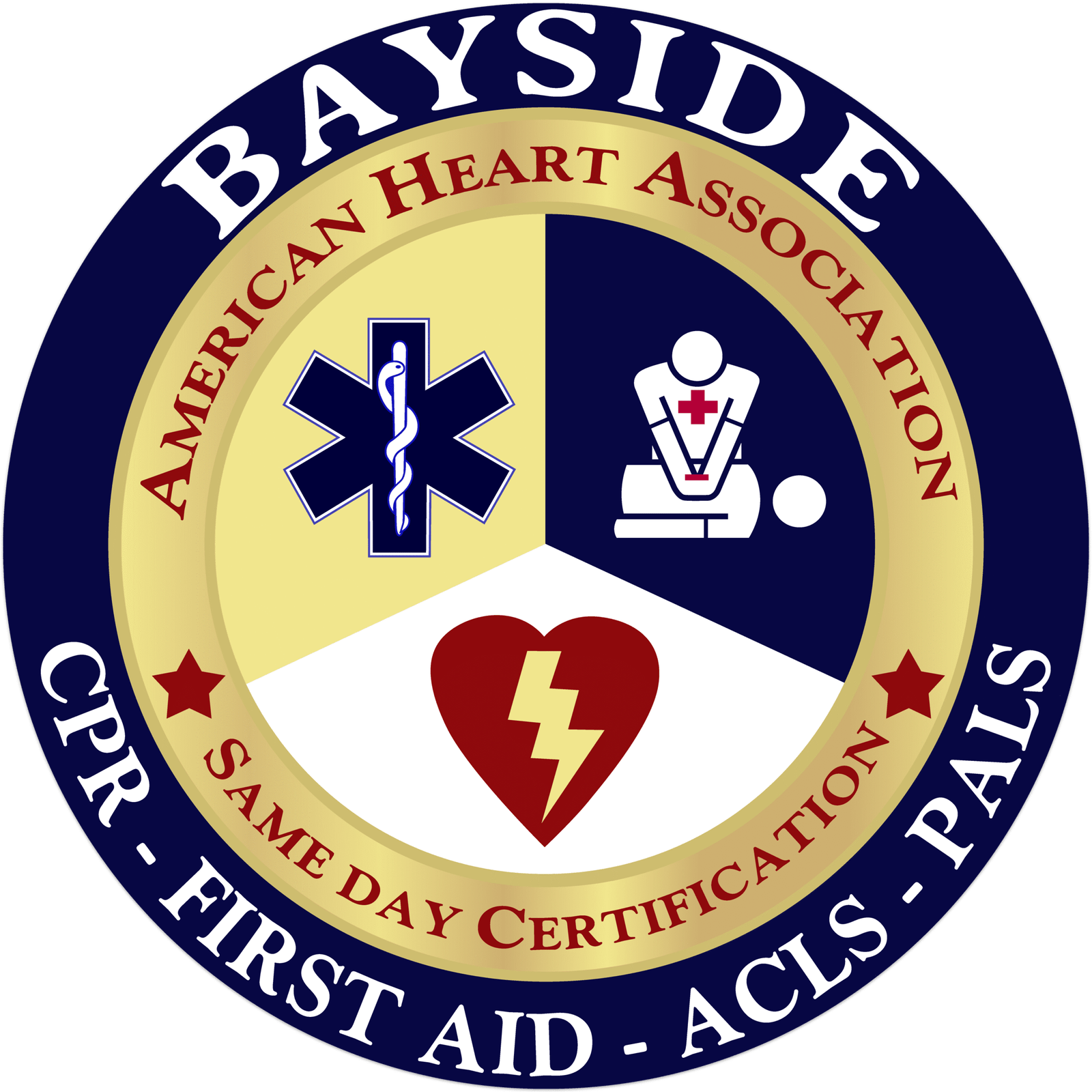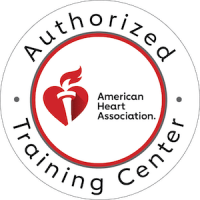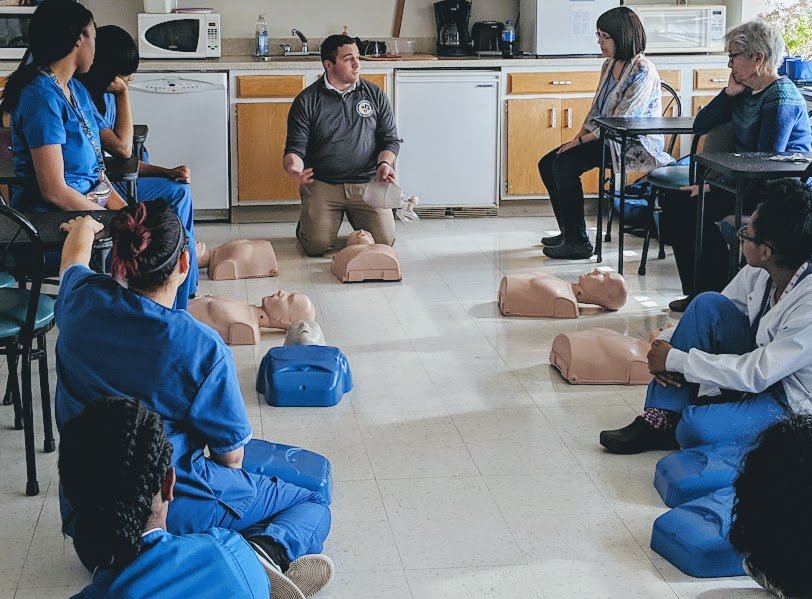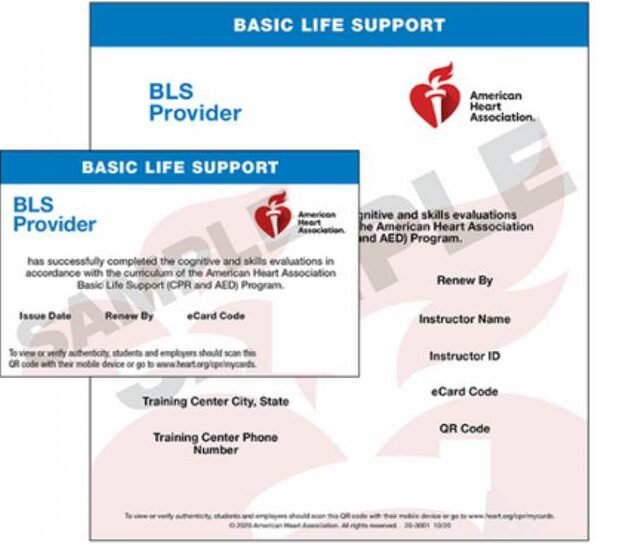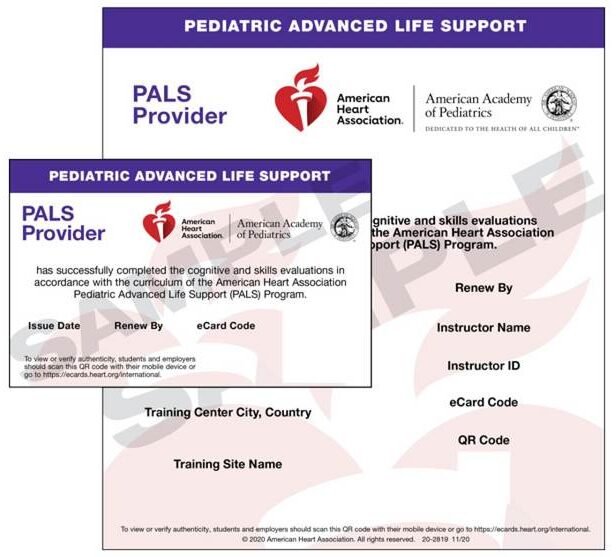Cardiac arrest occurs when the heart suddenly stops pumping blood effectively, and quick action is crucial to saving lives. The reversible causes of cardiopulmonary arrest include hypoxia and hypovolemia. Traditionally, CPR is used to manually pump blood and keep oxygen flowing until the heart can be restarted with defibrillation or medications. However, sometimes, these methods aren’t enough, especially in cases where the heart isn’t responding. That’s where ECPR, or extracorporeal cardiopulmonary resuscitation, steps in. ECPR uses a machine to take over the functions of the heart and lungs, delivering oxygenated blood directly to the brain and vital organs.
1. What is ECPR, and how does it work?
ECPR is an advanced resuscitation technique used when traditional CPR fails. It involves using an ECMO (extracorporeal membrane oxygenation) machine to take over the functions of the heart and lungs, providing oxygenated blood to the brain and vital organs during cardiac arrest.
1a. How does ECPR function in cardiac arrest?
In situations where the heart is no longer pumping effectively and does not respond to chest compressions, medications, or defibrillation, ECPR acts as a temporary artificial support system. It ensures continuous blood flow and oxygenation while bypassing the failing heart and lungs.
The process begins with the insertion of large cannulas into major blood vessels, typically the femoral artery and vein in the groin area. These cannulas allow blood to be drained from the body and sent into the ECMO machine, where a membrane oxygenator adds oxygen and removes carbon dioxide. The oxygen-rich blood is then pumped back into the patient’s bloodstream, delivering life-sustaining circulation without relying on the natural heart and lung function.
This method is particularly crucial for preserving brain and organ function during extended cardiac arrest, giving clinicians more time to reverse potentially treatable causes.
1b. Key Components of ECPR Technology
- Cannulas: Large tubes inserted into major blood vessels to enable blood drainage and reinfusion.
- Pump: Drives blood through the ECMO circuit at a controlled rate.
- Membrane Oxygenator: Replaces the gas exchange function of the lungs by oxygenating blood and removing CO₂.
- Monitors and Tubing: Ensure safe and effective operation of the circuit, monitoring flow rates, pressures, and oxygen levels.
By taking over circulation and oxygenation, ECPR offers a bridge to recovery or definitive treatment in critical cases where conventional resuscitation isn’t enough.
2. When and for whom is ECPR Appropriate?
We turn to ECPR when conventional CPR just isn’t enough. If a patient’s heart stops and doesn’t respond to standard ACLS efforts after a reasonable amount of time, but there’s still a real chance of survival with good neurological function, ECPR may be the next step.
2a. Indications for ECPR
We’re looking for cases where the patient had a good chance before the arrest and where time, quick thinking, and the right support can make a difference.
- Witnessed cardiac arrest with immediate, high-quality CPR.
- Refractory cardiac arrest, where there’s no return of spontaneous circulation (ROSC) despite ongoing ACLS for about 10 to 30 minutes.
- Shockable rhythm, like ventricular fibrillation (VF) or pulseless ventricular tachycardia (VT), that doesn’t convert with defibrillation.
- A potentially reversible cause, such as massive pulmonary embolism, drug overdose, hypothermia, or acute coronary syndrome.
- The patient should have no severe comorbidities, such as end-stage cancer or advanced multi-organ failure.
- Short no-flow time, in other words, there wasn’t a long delay before CPR started.
2b. Who’s Eligible for ECPR?
Every hospital or system has its own criteria. We don’t offer ECPR to just anyone. It’s about carefully choosing patients who still have a fighting chance with the right support. Here are the common eligibility guidelines most teams follow:
- Age between 18 and 70 (some programs extend this up to 75).
- Witnessed arrest with bystander CPR started within 5 minutes.
- Less than 60 minutes from time of collapse to ECPR initiation.
- No major trauma or active bleeding.
- No advanced directives that prohibit aggressive care (like a DNR: do not resuscitate).
- A reversible or treatable cause of arrest is suspected.
The initial rhythm is shockable or PEA (pulseless electrical activity) with high suspicion of a reversible cause.
2c. Key Factors Influencing ECPR Outcomes
Certain patient and system-level factors significantly impact the success of ECPR:
- Time to ECPR initiation: Shorter time leads to better neurological outcomes.
- Patient age and health status: Younger, healthier individuals typically fare better.
- Duration of cardiac arrest: Shorter arrest durations are associated with higher survival rates.
- Post-resuscitation care quality: Comprehensive ICU care and treatment of the underlying cause are essential.
- Experience of the center: Facilities with trained ECPR teams and established protocols tend to achieve better outcomes.
3. Advantages and Clinical Benefits of ECPR
ECPR offers several critical advantages over manual CPR, particularly in cases of refractory cardiac arrest.
3a. Consistent and Reliable Circulation:
- Delivers steady, uninterrupted blood flow compared to inconsistent manual chest compressions.
- Ensures continuous oxygen delivery to vital organs, reducing the risk of ischemic injury.
3b. Preserves Organ and Brain Function:
- Maintains cerebral perfusion, lowering the risk of hypoxic brain injury during cardiac arrest.
- Supports vital organ function, buying time without further physiological deterioration.
3c. Facilitates Diagnosis and Treatment:
- Allows time to identify underlying causes (e.g., myocardial infarction, arrhythmia, overdose, trauma).
- Enables targeted interventions such as coronary angiography, catheterization, or surgery.
3d. Effective in Refractory Cardiac Arrest:
- Offers a viable option when standard CPR, medications, and defibrillation fail.
- Sustains circulation long enough for the heart to recover or for definitive treatment to be administered.
3e. Enables Advanced Care Integration:
- Creates a stable platform for therapies like targeted temperature management.
- Supports the use of extracorporeal CO₂ removal and other critical interventions.
3f. Improves Survival and Neurological Outcomes:
- Significantly increases chances of survival with meaningful recovery.
- Helps prevent multi-organ failure by maintaining adequate perfusion during critical periods.
4. Current Evidence and Evolving Guidelines for ECPR
The body of research supporting ECPR continues to grow, with clinical trials and international registry data highlighting its potential to improve survival and neurological outcomes in carefully selected patients. These findings are shaping evolving recommendations from resuscitation councils and guiding best practices for ECPR use in real-world settings.
4a. Evidence and ECPR
Multiple studies have demonstrated that ECPR can significantly boost survival rates compared to conventional CPR alone:
1. Early ECPR Implementation
Research indicates that initiating ECPR promptly, ideally within 10-15 minutes after failed conventional CPR, and doing so swiftly can enhance neurological recovery in patients with refractory cardiac arrest.
2. Patient Selection
Although ECPR shows potential benefits, the criteria for selecting suitable patients are still being refined. Considerations include age, whether the arrest was witnessed or unwitnessed, the initial heart rhythm, and how quickly the patient reaches the hospital.
3. Specialized Centers
ECPR is typically recommended only at specialized centers equipped with experienced personnel and the necessary tools.
4. Randomized Controlled Trials
Multiple randomized controlled trials, such as ARREST, Prague OHCA, and INCEPTION, are currently in progress to further assess the effectiveness of ECPR.
5. Survival Rates
Although survival rates reported in various studies differ, ECPR has been demonstrated to increase the likelihood of survival to hospital discharge and better neurological outcomes in specific patient groups compared to traditional CPR.
6. Neurological Outcomes
A key focus of ongoing ECPR research is on the long-term neurological health of survivors, with findings suggesting that a considerable number of ECPR patients maintain favorable neurological functioning.
7. Time To Cannulation
The duration required to insert the cannula for ECPR is a vital factor, as longer cannulation times may reduce the chances of survival.
4b. Evolving Guidelines
In response to growing evidence, major medical organizations are updating their guidance:
- Recommends ECPR be considered in specialized centers for select patients, particularly in cases of refractory cardiac arrest with a suspected reversible cause. Source: European Resuscitation Council (ERC) Guidelines
- Encourages ECPR consideration in refractory cases when standard interventions fail and emphasizes rapid deployment, careful patient selection, and team readiness. Source: American Heart Association (AHA) Guidelines
5. Common Misconceptions about ECPR
Common misconceptions about ECPR include the belief that it is a miracle cure, that it can be used in all cardiac arrests, and that it replaces all other forms of resuscitation.
5a. ECPR is a miracle cure
Many people mistakenly believe that ECPR guarantees survival and full recovery. In reality, while ECPR can significantly improve outcomes, it is not a guaranteed solution. Success depends on many factors, like the patient’s condition, the cause of cardiac arrest, timing, and the underlying health status. It’s a powerful tool, but not an infallible one, and not every patient benefits equally.
5b. ECPR can be used for all cardiac arrests
Some assume that ECPR is suitable for every case of cardiac arrest. However, it is most effective in carefully selected patients based on specific criteria. It’s typically used when conventional CPR fails in certain circumstances, especially in hospital settings with rapid response teams. Using ECPR indiscriminately can lead to unnecessary procedures with limited benefit and potential complications.
5c. ECPR replaces all other forms of resuscitation
A common misconception is that ECPR is a substitute for chest compressions and medications during cardiac arrest. Instead, it is an advanced supportive technique meant to complement traditional methods. The initial focus still involves high-quality CPR and other interventions, with ECPR used as a secondary, or rescue, strategy when immediate recovery seems unlikely.
5d. ECPR is risk-free
Some believe that ECPR is a completely safe procedure. In truth, it carries risks like bleeding, infections, and vascular injuries due to the invasiveness of cannulation and circuit handling. It also requires specialized expertise to minimize complications, and not every patient is a suitable candidate due to these potential hazards.
6. Looking Ahead: The Future of ECPR
Advancements in technology are expanding the reach and impact of ECPR:
i. Portable ECMO devices are being developed to enable early deployment in ambulances or helicopters, potentially making ECPR viable even in out-of-hospital cardiac arrests.
ii. Integration with real-time biomarkers, decision algorithms, and rapid diagnostics may improve patient selection and optimize outcomes.
iii. Future protocols will likely emphasize faster initiation, better coordination across teams, and tailored care based on patient-specific factors.
ECPR in Cardiac Arrest: A Promising Advance for Better Outcomes
In short, ECPR gives us a fighting chance when everything else fails. It’s not a magic fix, and it’s not for everyone, but when used at the right time, for the right patient, it can be the difference between life and death. By stepping in to do the job of the heart and lungs, ECPR keeps blood and oxygen flowing just long enough to find and fix what went wrong. It’s a powerful tool in modern resuscitation, and as technology and training improve, its role will only grow. What matters most is acting fast, thinking critically, and working as a team to give patients every possible chance to survive with a good outcome. Want to stay prepared and up to date on life-saving skills? Bayside CPR offers ACLS, BLS, PALS, and CPR & First Aid certification courses designed for both healthcare professionals and the public. Sign up today and take the next step toward being ready when it matters most.
